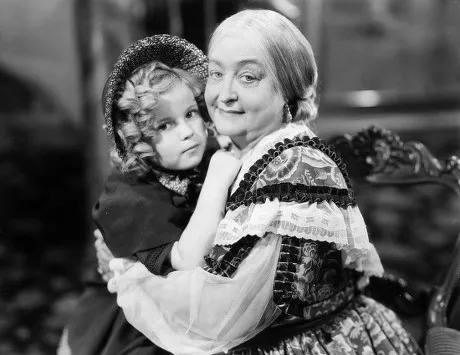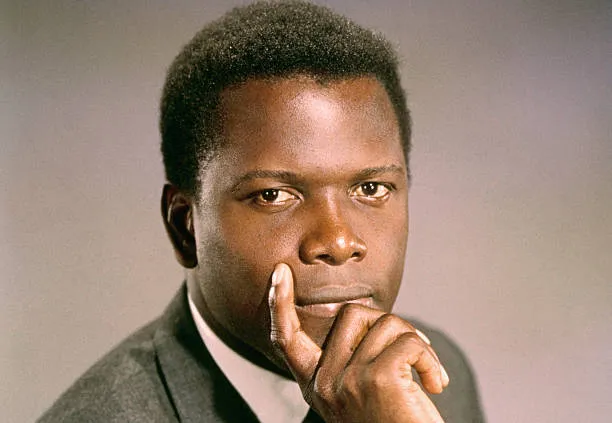In the annals of television history, few shows have left as indelible a mark on the medium as "Rowan & Martin's Laugh-In." Premiering in 1968 and running until 1973, this groundbreaking variety show redefined television comedy with its rapid-fire sketches, irreverent humor, and irrepressible energy. Hosted by the dynamic duo of Dan Rowan and Dick Martin, "Laugh-In" became a cultural phenomenon, influencing the comedy landscape for decades to come. In this article, we'll journey into the zany world of "Laugh-In" and explore why it remains a cherished and revolutionary classic.
(Watch the video below)
A Reflection of the Times

Laugh-In emerged during a transformative period in American history. The late 1960s were marked by cultural upheaval, civil rights activism, and a growing generational divide. The show's irreverent and fast-paced style mirrored the rapid changes occurring in society. With its playful mockery of authority figures, anti-establishment humor, and willingness to tackle controversial subjects, Laugh-In served as both a reflection of and a reaction to the tumultuous era.
Format and Style

The show's format was a series of rapid-fire sketches, puns, sight gags, and one-liners, often presented in a disjointed, frenetic manner. The hosts, Rowan and Martin, provided a loose framework that tied the sketches together, but the real star of the show was its unpredictable, non-linear flow. This departure from the traditional, linear narrative structure of television comedy was a major departure at the time.
The show's groundbreaking editing techniques also played a pivotal role in its success. The rapid jump cuts, visual puns, and psychedelic visual effects were emblematic of the era's experimental artistic movement. These techniques contributed to the show's innovative and unpredictable style, setting it apart from other comedies of the time.
Iconic Catchphrases and Characters
Laugh-In introduced audiences to a slew of memorable catchphrases and characters that quickly entered the cultural lexicon. Characters like "Crazy Guggenheim" portrayed by Frank Fontaine, "The Farkle Family" with its tongue-twisting wordplay, and Lily Tomlin's Ernestine the telephone operator became instant fan favorites. These characters not only showcased the cast's comedic prowess but also allowed the show to comment on various social issues through satire and parody.
The show's catchphrases, such as "Sock it to me," "You bet your sweet bippy," and "Here come da judge," became part of everyday conversation and reinforced the show's cultural impact. These phrases transcended the television screen, becoming shorthand for the show's irreverent and playful style.
Cultural Context and Countercultural Influence

Rowan & Martin's Laugh-In emerged at a time when television was experiencing a profound shift due to changing cultural attitudes and the advent of new technologies. The 1960s was a decade of immense change, characterized by the Civil Rights Movement, the rise of feminism, the anti-war movement, and the exploration of psychedelic and countercultural ideals. The show tapped into the rebellious spirit of the era, resonating with the younger generation that sought entertainment that reflected their unconventional views and desire for social change.
The show's humor often embraced the counterculture's rejection of traditional norms and embraced experimentation. Its rapid pacing and quick-cutting style mirrored the sensory overload experienced by many during the era's psychedelic experiences, making it a television embodiment of the times.
Casting and Guest Appearances
Laugh-In boasted an ensemble cast that included some of the most talented comedians of the time. Alongside Dan Rowan and Dick Martin, the show launched the careers of several notable comedians, including Goldie Hawn, Lily Tomlin, Arte Johnson, Jo Anne Worley, and Ruth Buzzi. The chemistry and camaraderie among the cast members were integral to the show's success, contributing to the seamless execution of the fast-paced sketches and comedic interactions.
The show also featured numerous celebrity guest appearances, including actors, musicians, and politicians. These guest appearances not only added to the show's appeal but also allowed for playful subversion of the usual norms associated with celebrity appearances on television.
Breaking Boundaries in Comedy
Laugh-In was revolutionary in its willingness to push comedic boundaries. The show frequently employed double entendres, innuendos, and risqué humor that challenged the conservative standards of network television. This audacity often resulted in censorship battles, but it also highlighted the show's commitment to breaking down barriers and redefining what was acceptable for mainstream television.
In addition to its risqué humor, Laugh-In was known for its use of physical comedy and slapstick, often blurring the lines between intellectual humor and visual gags. This approach attracted a wide range of viewers, from those who appreciated clever wordplay to those who enjoyed more traditional comedic fare.
The Impact on Television

The success of Laugh-In had a lasting impact on television programming and comedy formats. The show's influence can be seen in subsequent sketch comedy shows like Saturday Night Live and Mad TV, which adopted the rapid-fire, diverse-sketch approach that Laugh-In pioneered. Additionally, the show's integration of political and social commentary into its comedic sketches set a precedent for blending entertainment with current events, a practice that continues in various forms of comedy today.
Political and Social Commentary

Beyond its comedic antics, Laugh-In displayed a willingness to engage with political and social issues of the time. The show's "News of the Future" segments hilariously predicted absurd future headlines, touching on topics ranging from environmental concerns to political scandals. This blend of satire and prescience provided a platform for addressing current events in a manner that resonated with audiences seeking a fresh perspective on the news.
In an era characterized by civil rights struggles and anti-Vietnam War sentiment, Laugh-In navigated sensitive topics with a unique blend of humor and insight. The show's "Joke Wall" segment, where cast members poked fun at politicians and current events, exemplified the show's commitment to tackling serious issues through comedy.
Influence on Comedy
Laugh-In had a profound impact on the trajectory of American comedy. Its rapid-fire, sketch-based format laid the foundation for modern sketch comedy shows like Saturday Night Live and In Living Color. The show's willingness to blur the lines between satire, slapstick, and social commentary helped shape the diverse comedic landscape of the decades that followed.
Lily Tomlin, one of the show's breakout stars, went on to become a comedy icon and influence generations of comedians. Her seamless transformations into various characters showcased her exceptional range and comedic timing, setting a precedent for character-driven comedy.
Legacy and Lasting Impact
While Laugh-In ended its run in 1973, its impact endures. The show's influence on comedy television can be seen in the DNA of subsequent programs that embraced its irreverence, political satire, and rapid pacing. The legacy of the show can also be felt in the evolution of comedy's relationship with social and political commentary, as comedians continue to use humor as a means of addressing important issues.
In conclusion, Rowan & Martin's Laugh-In occupies a unique place in the history of television comedy. Its innovative format, memorable characters, and willingness to challenge societal norms contributed to its cultural significance. By pushing the boundaries of comedic expression and engaging with the pressing issues of its time, Laugh-In captured the spirit of the 1960s while shaping the trajectory of comedy for decades to come.



